For parts I, II, III, and IV, see Henry J. Kaiser, Entrereneur, Henry J. Kaiser: The War Years, Henry J. Kaiser, Industrialist, and Henry J. Kaiser, Hawaiian Booster.
Henry Kaiser created an empire worth tens of billions of dollars and earned a personal fortune of $2.5 billion. Yet he is almost forgotten today. On his death, he divided his fortune between his second wife, Ale, and the Henry J. Kaiser Family Foundation, which was created to support the Kaiser medical program. His son, Edgar, received nothing because he was “otherwise cared for.”
Edgar replaced his father as chairman of the various Kaiser companies. But his personal investments in these companies was small, which may be why he was unable to keep the companies going. Edgar probably had a net worth of about $50 million, which is insignificant compared with Henry’s worth.
Neither Ale nor the foundation had any particular interest in the future of Hawaii, the West Coast, or Kaiser Industries. After Kaiser’s funeral, Ale returned to Hawaii for only two very brief visits. Nor did she spend much time in California, instead moving to Greece. She sold all of the properties she shared with Henry. The foundation no doubt wanted to diversify its portfolio and also sold its interest in Kaiser Industries.
When Henry Ford died, control of his company was firmly held by his children and grandchildren. If Henry Kaiser had left a similar arrangement, Kaiser Industries might still exist today. Instead, lacking the strong rudder of an owner-entrepreneur, the companies faded away.
Kaiser Industries sold Willys Motors to American Motors (AMC) for about $70 million in 1970. AMC successfully revived the Jeep brand, showing what Kaiser could have done if it had taken the time to understand the auto industry a little better. In 1987, Chrysler bought AMC, mainly to get the Jeep brand, for $1.1 billion, nearly six times (after adjusting for inflation) what AMC paid for Jeep.
Kaiser Steel was sold off, plundered by corporate raiders, and went bankrupt in 1987. The Fontana steel mill is now an auto race track. Kaiser Aluminum still exists, though as a shadow of its former self, as do Kaiser Cement and a company called Kaiser Engineering. No member of the Kaiser family has an interest or involvement in any of these companies.
The Kaiser Permanente health system still exists with facilities in California, Colorado, DC, Georgia, Hawaii, Maryland, Ohio, Oregon, Virginia, and Washington. Kaiser is the model for other HMOs all over the world, especially non-profit HMOs. Most people think this is Henry J.’s biggest legacy and memorial.
Mark Foster’s 1989 biography of Henry Kaiser uses terms like “can-do capitalist” and “frontier entrepreneur” to describe his subject. This is the conventional view.
An alternative view is presented by Stephen Adams, whose book, Mr. Kaiser Goes to Washington, calls Kaiser a “government entrepreneur.” The implication is that Kaiser used his lobbying skills to become an insider able to gain favors from government not available to more traditional entrepreneurs. The interpretation of one Amazon reviewer is that Adams’ book “exposes Kaiser as a sociopath, war profiteer, and con-man.”
That’s an extreme reading of Adams’ thesis, but even Adams’ more gentle view is unfair to Kaiser. Except during the war, Kaiser only once asked the government for any projects or favors other than the ordinary permits that anyone would need. Most of Kaiser’s contracts before the war were with the government, but they were all initiated by the government; Kaiser was merely a bidder. During the war Kaiser made a variety of suggestions, such as the cargo planes and escort carriers, but it was everyone’s patriotic duty to do what they could to win the war faster.
After the war, Kaiser benefitted from the government’s below-cost disposal of aluminum plants. But, again, it was the government that initiated such disposals, and in any case, no one else (except perhaps Alcoa, which was forbidden to bid) was willing to bid on the plants that Kaiser ended up buying.
The only special favor Kaiser ever requested was for a discount on the loan the federal government made for his Fontana steel mill. In Kaiser’s eyes, this was only fair since the government sold its Geneva, Utah steel mill to U.S. Steel for 20 percent of its value. In any case, Kaiser didn’t get the discount, suggesting he really didn’t have much influence over the government.
Entrepreneurs want to build businesses. In an environment where government is a major customer, entrepreneurs will do business with the government. If Kaiser’s business differed from, say, nineteenth century entrepreneurs, it was because the government was different, not because he was a different kind of entrepreneur.
Yet in other important respects, Kaiser was different from the stereotypical capitalist. He had a deep sense of honor and fairness in dealings with other people. When forming partnerships with others, his lawyers often suggested that he should get 51 percent to his partner’s 49 percent. “You can’t have a partnership based on a 51-49 relationship,” he said, and made them 50-50.
When his auto company was failing, one of his associates noticed him brooding and asked why. “I received a letter from a railroad conductor telling me he had invested his retirement savings into Kaiser Motors,” he said. “He didn’t ask for anything, just expressed confidence that I would make it a success. I can’t let people like that down.” So he, in essence, gave up close to $200 million of his own shares in Kaiser Aluminum and other companies to repay Kaiser Motors’ debts and make its shareholders whole.
Kaiser’s attitude toward labor was also surprising for an industrial leader. In 1965, the AFL-CIO gave Kaiser its Murray-Green Humanitarian Award, the first industrialist to be so honored.
Kaiser could be generous with his partners, stockholders, and employees because he was an owner, not a manager like the people running, for example, other steel companies. As an owner, he could give up value to partners and employees, while a business manager obligated to maximize shareholder value could not. Nor could a manager legally take value from one company and give it to the stockholders in another, as Kaiser did for Kaiser Motors (though it must be emphasized that the value he took came from his own shares, not other Kaiser industry shareholders).
Still, just because he could be generous doesn’t insure that he would be generous. Kaiser may have been altruistic, but he may have also realized that treating people with fairness was an important way to motivate them. Perhaps not every entrepreneur understands this, but it is likely that the most successful ones do.
Kaiser wasn’t a saint. A workaholic, he expected his executives to be workaholics as well. He often berated them for things that were beyond their control, sometimes “firing” (and usually later rehiring) them over insignificant issues. He couldn’t work with his partner in Kaiser-Fraser Motors, Joseph Fraser, and ended up having to buy him out.
Still, Kaiser’s generosity and sense of fairness greatly outweighed these defects. Kaiser will long be remembered through his health care system. He should be equally remembered as one of the greatest entrepreneurs of the twentieth century.

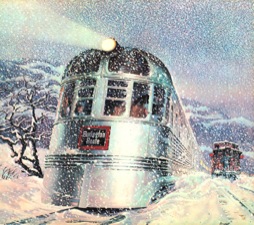
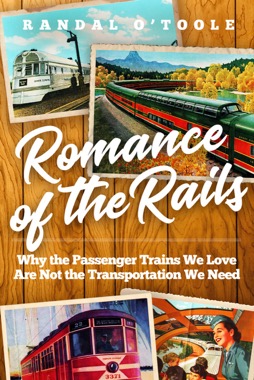
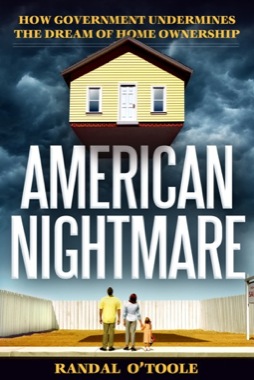
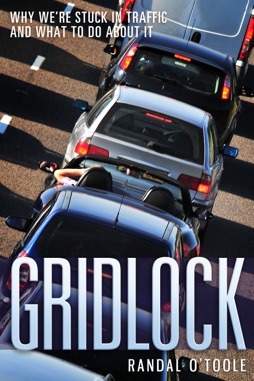
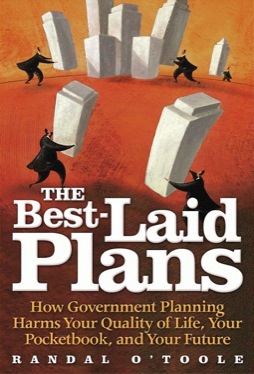
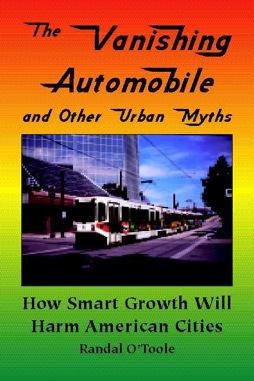
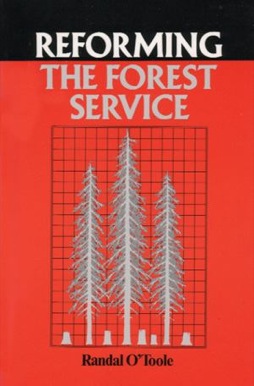
Pingback: Henry J. Kaiser, Hawaiian Booster » The Antiplanner
Henry Kaiser created an empire worth tens of billions of dollars and earned a personal fortune of $2.5 billion. Yet he is almost forgotten today.
What are we supposed to do, bow down and kiss his grave? I don’t understand the Antiplanner’s fascination with people who started businesses and got rich. What’s the big deal?
The big deal is that entrepreneurs are engaged is positive sum games that create value for many in addition to themselves. Our lives are better today because of the lives of Henry Kaiser, James J. Hill, Henry Ford, Andrew Carnegie, Bill Gates and countless others.
Some times it’s positive. The dark side is if they exploit people to get to that point.
Of course capitalists exploit workers (viz Hoover Dam) – that’s how they make profit. Labor movements arise to stop worker exploitation. Our job is to remember that for every fetishist for capitalists, there are those who remember the labor struggles, the black lung disease, the heatstroke.
What we should remember with Kaiser (sez the ex-Washingtonian) that during his building of the dams on the Columbia, he had an epiphany about how to treat workers and set up his health care funds (can we talk about this on a libertarian site???) such that by the Grand Coulee (dang gummint project) his workers actually liked him, making him more productive.
DS
D4P said, “What are we supposed to do?”
No one said you are supposed to remember Kaiser. What was puzzling to me is that people like the editors of Fortune magazine didn’t remember him when compiling their candidates for “businessmen of the century.” I trace this to the disappearance of his companies as a result of his willing his fortune to his wife instead of his son.
Just to be clear, it was his fortune and he could do with it what he wanted. But I still think he was the entrepreneur of the century, and the failure of many people to remember him is due to a decision made at the end of his life, not in the course of being an entrepreneur.
Interesting work, Randal. It amazes me how quickly projects were completed during WWII. I live near Vancouver, USA, where Kaiser had a shipyard.
One of my favorite entrepreneurs was Robert LeTourneau, inventor of some big earthmoving machines and a business associate of Kaiser. His autobiography, Mover Of Men & Mountains, is available in paperback for less than $8.
I have no problem with some one being tough, so long as they are fair!
In 1960-61, I was in the Navy stationed on Oahu. We used to climb the fence and swim in Mr. Henry J. Kaiser’s private lagoon at Waikiki Beach. When we were caught, Mr. Kaiser came out,found out we were in the Navy,then he said,”Let ’em swim all they want.” and went back inside.
If you are old enough to have riddin in a Henry J. automobile, as I did, you, also, would remember Mr. Kaiser. The prototype of the Henry J. automobile was called, “People’s Car” – which coincidently (?) is the English translation of Volkswagen.